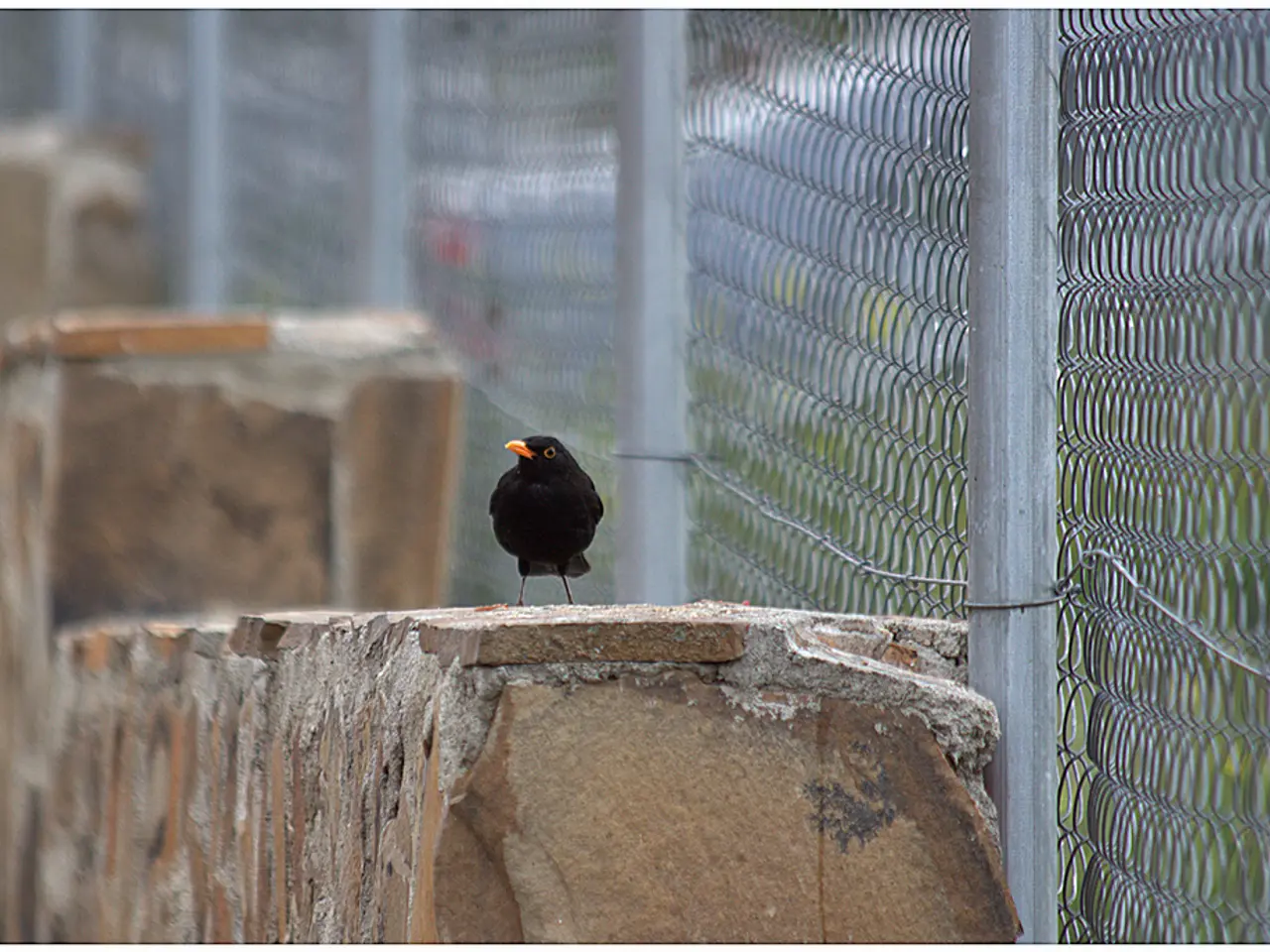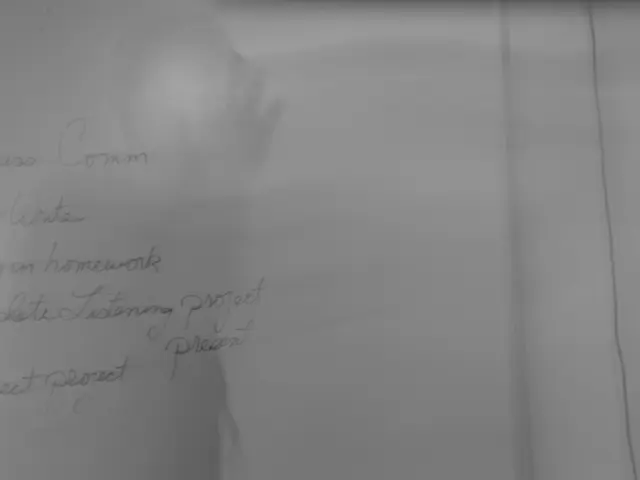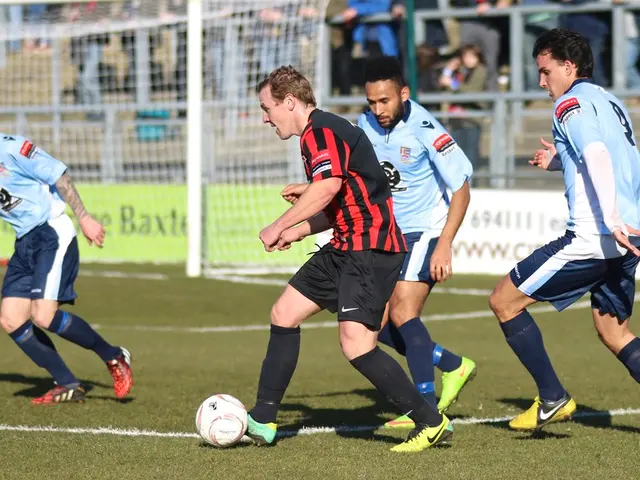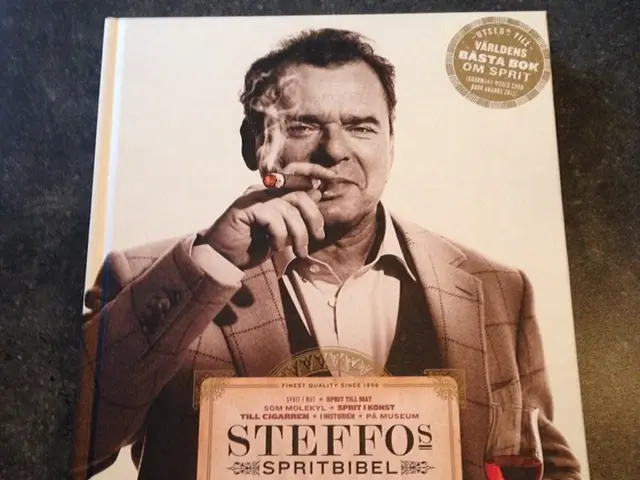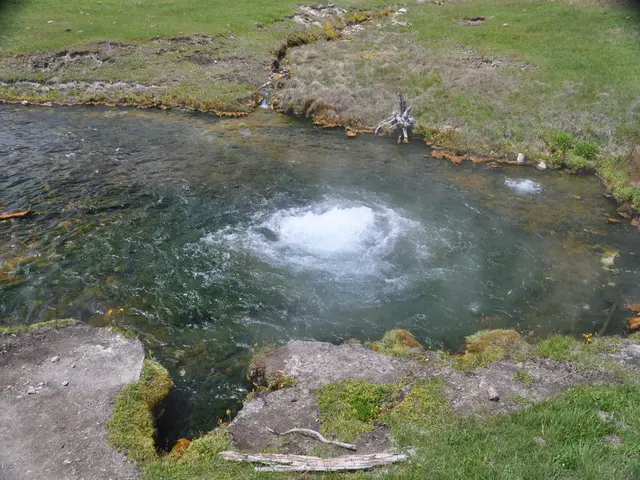Approximately half of listed bird breeding species are at risk
In a concerning new development, the Red List of Breeding Birds in Berlin has been updated, highlighting the urgent need for habitat protection and restoration. The list, compiled by the Senate Department for the Environment, Transport and Climate Protection, shows a continued decline in the number of species thriving in the city.
The new Red List reveals that 30 species have been reclassified into higher threat categories, while only 80 are considered safe. Among these are the winter goldfinch, tree sparrow, and house sparrow, which have seen a significant deterioration in their populations.
However, there is some positive news. The stock dove and the sparrowhawk, two of the species that have shown improvement, have been reclassified to a lower threat category in the new list. The sparrowhawk, no longer critically endangered, is now listed as endangered, while the stock dove is now classified as secure.
Eighteen species have shown positive developments, leading to their downgrading or removal from the Red List altogether. The red kite, little owl, and bittern, unfortunately, are now considered extinct in Berlin.
The main reasons for the deterioration of species in Berlin are increasing land use for construction, growing traffic areas, a strong increase in recreational activities, loss of wetlands, deterioration of reed beds, and climate change. Reed beds, plant communities that grow on shores and provide important habitats for many animal species, are significantly affected by these factors.
The loss of wetlands and the deterioration of reed beds are particularly concerning, as they are key habitats for many species. Climate change also poses a significant threat, affecting the migration patterns and breeding success of many birds.
Rainer Altenkamp, chairman of NABU Berlin and co-author of the Red List, has demanded the urgent advancement of the protection and restoration of suitable habitats in Berlin. He emphasises the importance of preserving these areas for the future of Berlin's wildlife.
As we move forward, it is crucial to address these issues and work towards creating a more sustainable environment for Berlin's breeding birds. With the right actions, we can help ensure that these species continue to thrive in our city for generations to come.
Read also:
- Peptide YY (PYY): Exploring its Role in Appetite Suppression, Intestinal Health, and Cognitive Links
- Toddler Health: Rotavirus Signs, Origins, and Potential Complications
- Digestive issues and heart discomfort: Root causes and associated health conditions
- House Infernos: Deadly Hazards Surpassing the Flames
